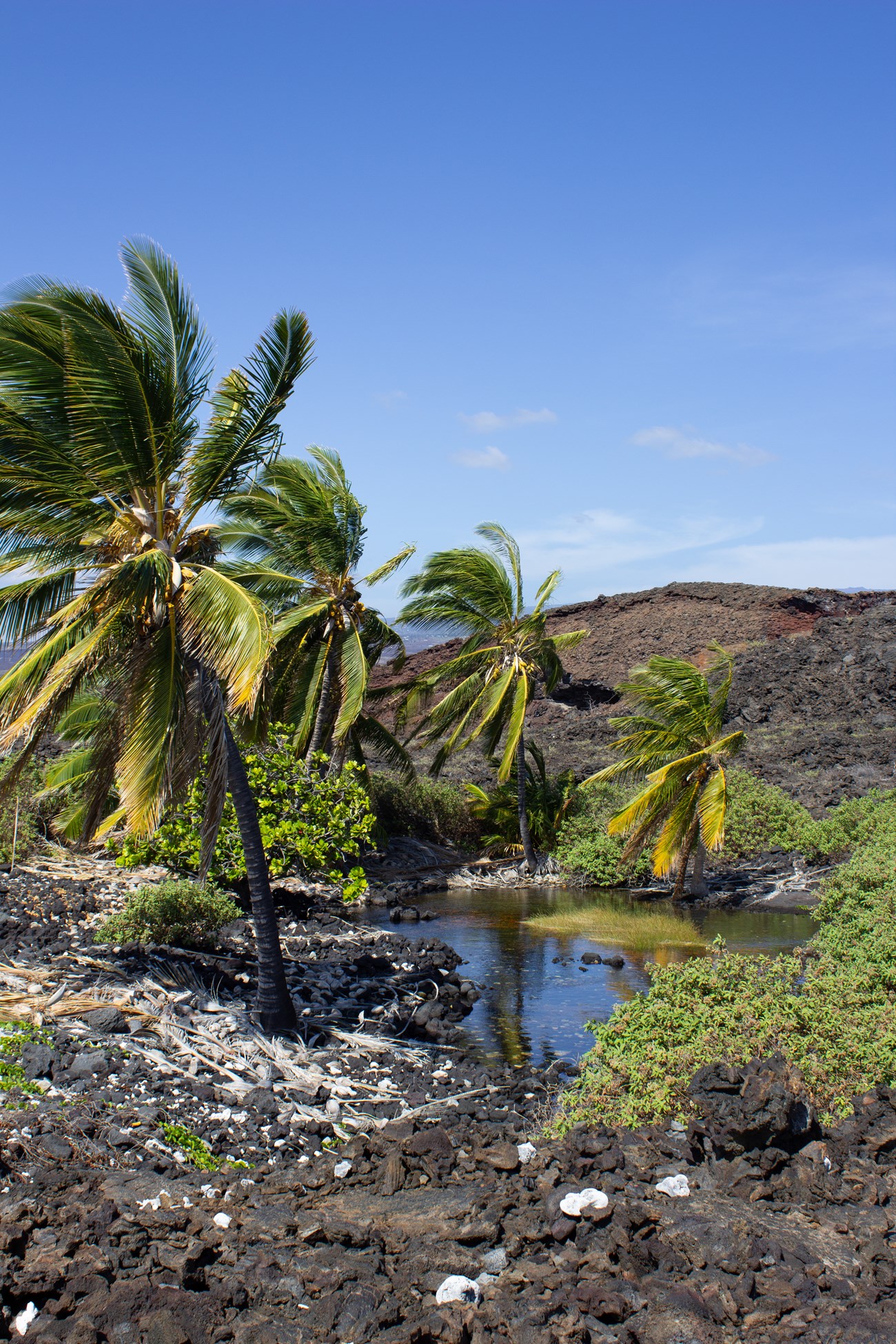Last updated: November 15, 2024
Article
Project Profile: Restore Biocultural Hawaiian Ecosystems

NPS / J.Ferracane
Federal Lands Contracts | FY24: $500,000
The National Park Service (NPS) will restore Hawaiian montane rainforests and anchialine pools to protect cultural and natural resources in sensitive coastal areas. The NPS will prevent feral pigs and invasive fish from entering anchialine pools and remove invasive species to protect the unique and culturally important natural ecosystems. In the montane rainforest, removing invasive plants and preventing new establishments will improve forest health.
Why? Invasive species threaten Hawaiian montane rainforests and rare anchialine pools in Hawai’i. These ecosystems are imperiled by land use change, invasive species, and climate change. By working now to protect and restore them, resilience to climate change and the degradation they have suffered is possible.
What else? High-elevation Hawaiian rainforests are habitat for endemic birds, plants and ecological relationships found nowhere else on earth. Anchialine pools are unique aquatic ecosystems that are habitat for ōpae‘ula, red shrimp, that Native Hawaiian used as fish food in their fishponds. The rainforests, endemic birds, and anchialine pools continue to be culturally important to Native Hawaiians.
Tags
- ala kahakai national historic trail
- haleakalā national park
- hawaiʻi volcanoes national park
- kalaupapa national historical park
- kaloko-honokōhau national historical park
- puʻuhonua o hōnaunau national historical park
- puʻukoholā heiau national historic site
- bipartisan infrastructure law
- ecosystem restoration
- bil-er project summary
- 1a - federal lands contracts
